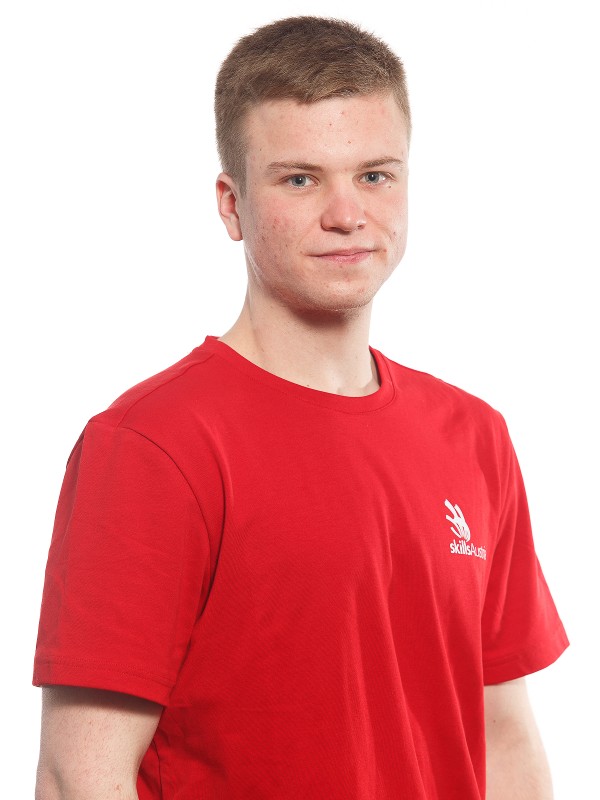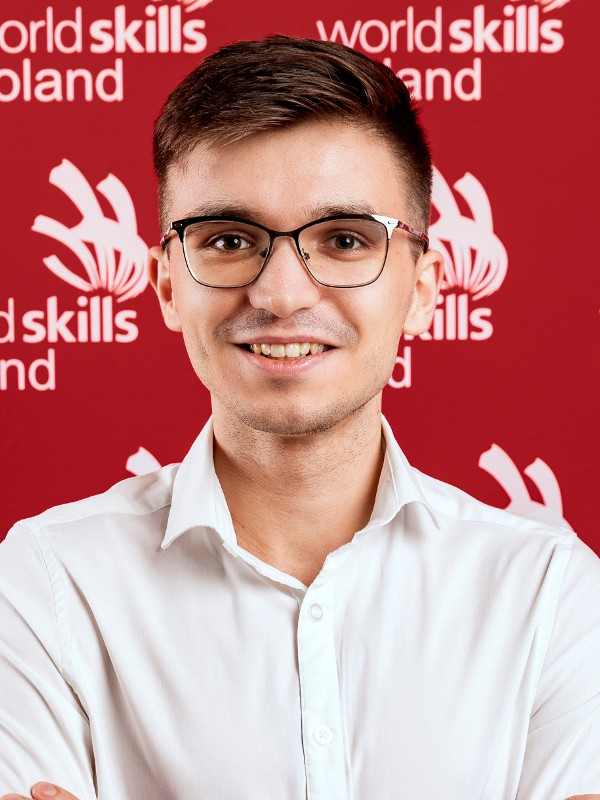Skills are always changing
For the latest information about this skill visit Digital Construction on worldskills.org.
Digital Construction
Building Information Modelling (BIM) is a way to create and manage information about a project throughout its construction.
Why is this skill important?
Building Information Modelling (BIM) is a process for creating and managing information on a construction project across the project lifecycle. One of the key outputs of this process is the Building Information Model, the digital description of every aspect of the built asset. This model draws on information assembled collaboratively and updated at key stages of a project. Creating a digital Building Information Model enables those who interact with the building to optimize their actions, resulting in a greater whole life value for the asset.
With the new BIM era, the design and construction industry is dealing with an explosion of software technologies made available under the umbrella of “BIM”. As a result, approaching the design, engineering and construction of buildings is changing exponentially from design storytelling to engineering calculation and delivery of a finished building. This means that existing professions face different demands, new workflows and new skills in performing the role of a Building Information Modeller.
Collaboration is vital to the success of this role, BIM demands, more than ever, a high level of people-skills in the form of communication, collaboration and proactivity. BIM requires the recruitment of professionals with better people skills. To bring architects, architectural technologists, engineers and contractors together, to combine and enhance their collective output, calls for the complex interplay of technical skills, BIM and communication skills, all of which must be at a professional standard.
Computer aided design is the use of computer systems as a tool to assist in the creation, modification, analysis, and optimization of a BIM model. CAD software is used to increase the productivity of the BIM modeller, improve the quality of design, improve communication through documentation, and create a database for project implementation. The CAD output is often in the form of electronic files for cloud sharing, cloud collaboration, Investigation, manufacturing or other Construction processes. The technical and architectural models and images must convey information such as Project location, building organizing elements, structured data, according to application-specific conventions. CAD is also used to produce computer animation, VR and AR experiences during the whole BIM cycle including advertising and technical manuals.
CAD is an important industrial tool for BIM implementation and is the way construction projects come true. Its process and outputs are essential to successful solutions for construction, engineering and manufacturing problems, with the ability to create a federated model by merging multiple models to allow soft and hard clash detection analysis. CAD software helps us explore ideas, visualize concepts through photorealistic renderings and movies, and simulates how the BIM project will perform in the real world.
New technologies are creating new occupations through enhancement, additions, and alterations. The role of Building Information Modeller is an emerging occupation with exciting implications for future career pathways.
Results
See all results| Rank | Medal | Result | Competitor | Country/Region |
|---|---|---|---|---|
| 1. |
Gold |
771 |
Luke O Keeffe |
Ireland |
| 2. |
Silver |
758 |
You-Syue Li |
Chinese Taipei |
| 3. |
Bronze |
728 |
Pierre LOIR |
France |
| 4. |
Medallion for Excellence |
720 |
Daniel Gardner |
Australia |
| 5. |
Medallion for Excellence |
715 |
Dominik Kainersdorfer |
Austria |
| 6. |
Medallion for Excellence |
713 |
Minahil Nawaz |
United Kingdom |
| 7. |
Medallion for Excellence |
700 |
Kin Wa SO |
Hong Kong, China |
| 7. |
Medallion for Excellence |
700 |
Radosław Mazgaj |
Poland |
| 9. | 690 |
Julian Lühe |
Germany | |
| 10. | 682 |
Guobo Jia |
China | |
| 11. | 672 |
Keval Jayantilal Solanki |
India | |
| 12. | 538 |
Mohamad Izz Syafiq Mohamad Ali |
Singapore | |
| 13. | 533 |
Shota Yagyu |
Japan | |
Competitors

Daniel Gardner
Australia

Guobo Jia
China

Dominik Kainersdorfer
Austria

You-Syue Li
Chinese Taipei

Pierre LOIR
France

Julian Lühe
Germany

Radosław Mazgaj
Poland

Mohamad Izz Syafiq Mohamad Ali
Singapore

Minahil Nawaz
United Kingdom

Luke O Keeffe
Ireland

Kin Wa SO
Hong Kong, China

Keval Jayantilal Solanki
India

Shota Yagyu
Japan
Host Partners

Event Sponsors

